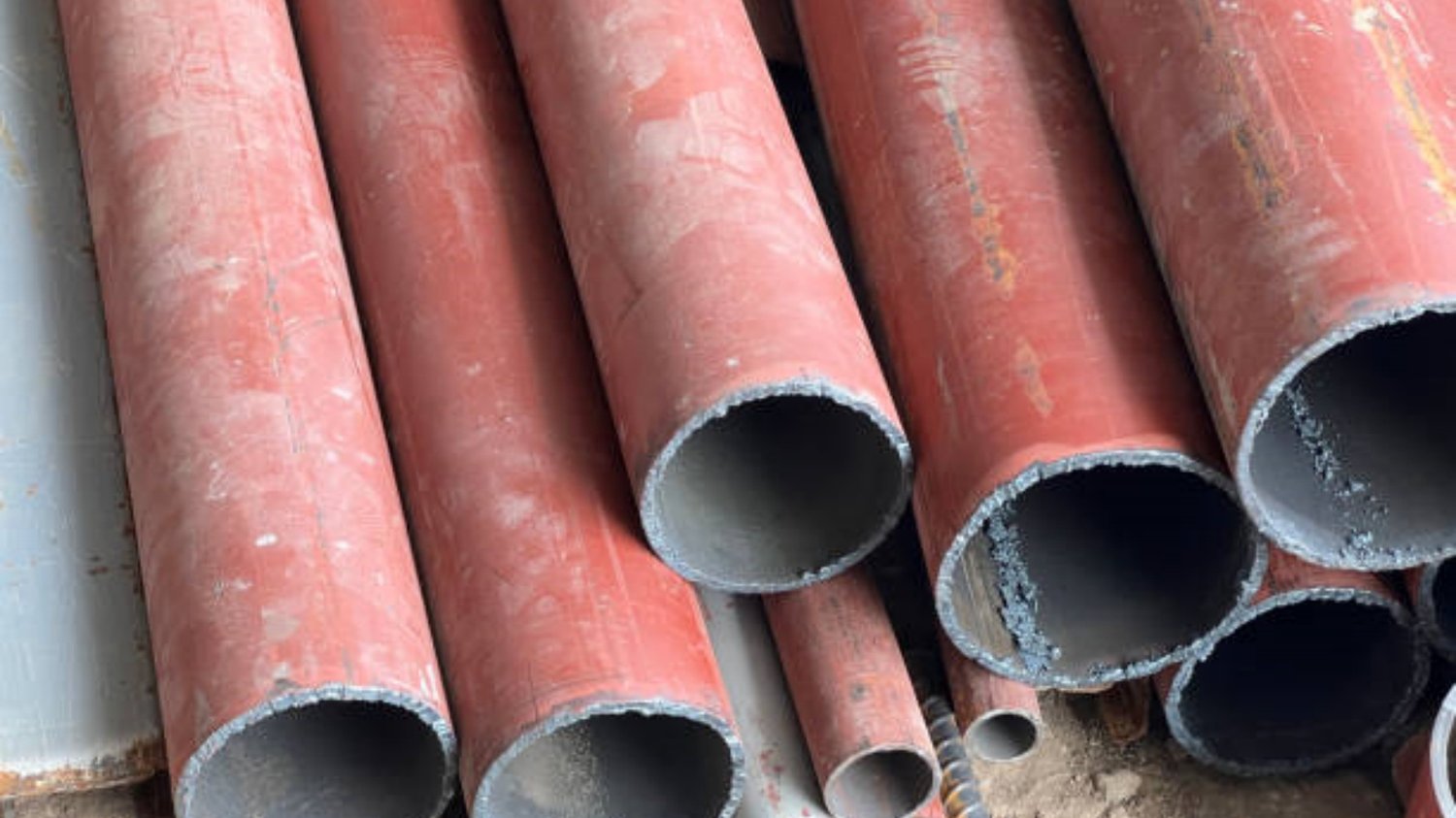Introduction
Steel pipes are widely used in various industries such as oil and gas, water treatment, and construction. However, to enhance the durability and corrosion resistance of steel pipes, they are often cement lined. In this article, we will explore the reasons behind this practice and the benefits it offers.
1. Protection Against Corrosion
Steel pipes are prone to corrosion due to their exposure to moisture and chemicals. Cement lining forms a protective barrier between the steel pipe and the environment, preventing corrosion from taking place and prolonging the lifespan of the pipe.
2. Reduced Friction
Cement lining creates a smooth interior surface in steel pipes, reducing friction and enabling a higher flow rate of fluids. This makes cement-lined pipes ideal for applications where high volumes of liquids or gases need to be transported efficiently.
3. Improved Water Quality
Water treatment plants commonly use cement-lined steel pipes for the distribution of drinking water. The cement lining prevents any contaminants from leaching out of the pipe and into the water, ensuring a clean and safe supply of water.
4. Resistance to Erosion
In industries such as mining and dredging, the abrasive nature of the materials being transported can cause erosion to the surface of steel pipes, leading to leaks and damage. Cement lining provides a high level of resistance to erosion, protecting the steel pipe from damage.
5. Ease of Maintenance
Cement-lined pipes offer ease of maintenance, as the smooth interior surface makes it easier to clean and inspect the pipes. This reduces the downtime and costs associated with maintenance, making the pipes more efficient and cost-effective overall.
6. Compatibility with Various Materials
Steel pipes are compatible with a wide variety of materials such as gases, oil, and water. Cement lining does not affect this compatibility, making it an ideal solution for pipeline applications.
7. Cost-Effective Solution
Compared to other materials such as plastic or copper, steel pipes are more cost-effective. Additionally, cement lining reduces the need for maintenance and replacement, further reducing costs over the lifespan of the pipe.
8. Environmentally Friendly
Cement lining is an environmentally friendly solution as it is non-toxic and does not release any harmful chemicals into the environment. This makes it suitable for applications in sensitive environments such as nature reserves and marine parks.
9. Wide Range of Shapes and Sizes
Steel pipes are available in a wide range of shapes and sizes, offering flexibility in design and construction. Cement lining can be applied to pipes of any shape or size, making it a versatile solution for various industries.
10. Longevity
Steel pipes that are cement lined have a longer lifespan compared to unlined pipes. This is due to the protective barrier provided by the cement lining, which prevents corrosion and damage to the steel pipe over time.
Conclusion
Cement lining is a beneficial practice for steel pipes in various industries. It provides a protective barrier against corrosion, reduces friction, improves water quality, offers ease of maintenance, is cost-effective, and environmentally friendly. Furthermore, it is compatible with a wide range of materials, available in various shapes and sizes, and provides longevity to the pipelines.

